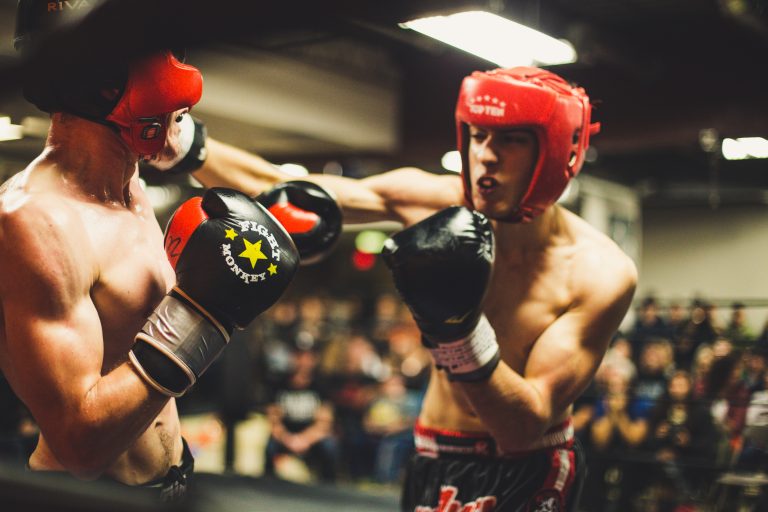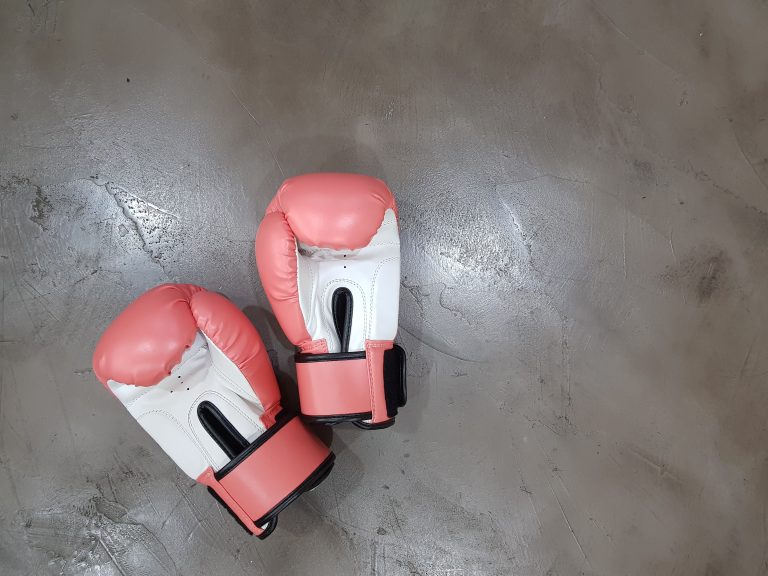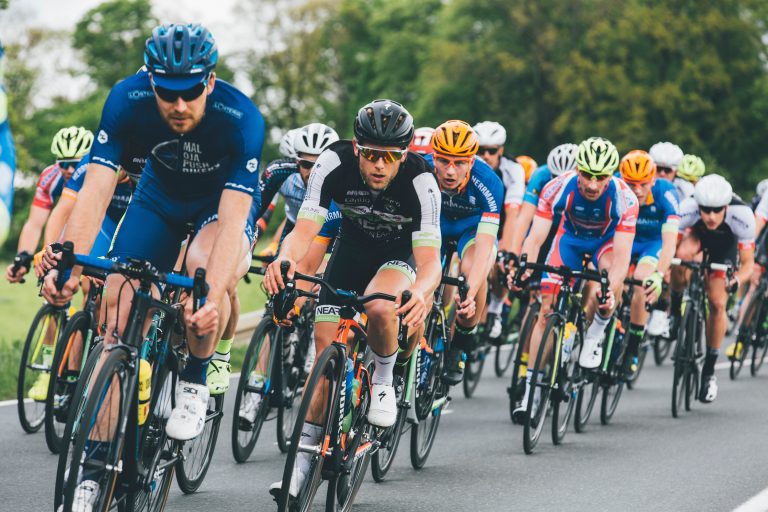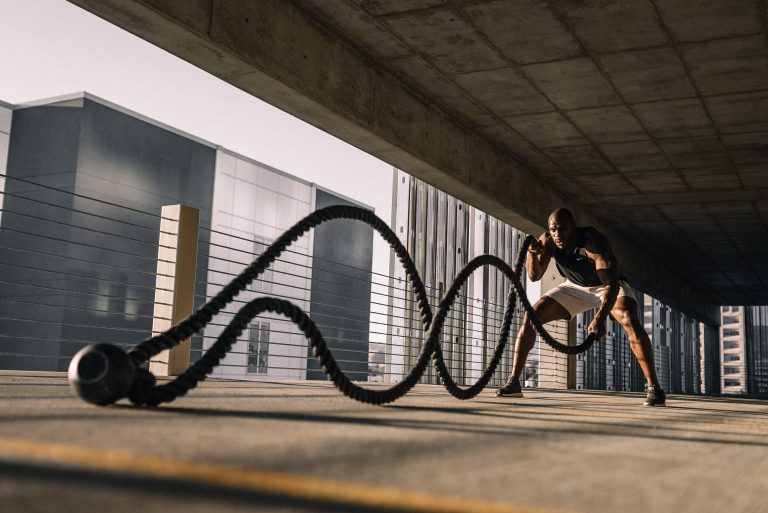Do You Have to Be Flexible to Do Karate?
Karate is a martial art that originated in Japan and has been practiced for centuries. It is known for its impressive strikes, powerful kicks, and mental discipline. But when it comes to practicing karate, many beginners are concerned about their flexibility. They wonder if they need to be very flexible to perform various techniques of karate.
In this blog post, we’ll answer the question, „Do you have to be flexible to do karate?“ and explore the role of flexibility in karate.
What is flexibility?
Before we dive into whether or not you need to be flexible to do karate, let’s first define flexibility. Flexibility is the range of motion in your joints and muscles. It’s the ability to move your limbs through their full range of motion without any discomfort or pain.
Importance of Flexibility in Karate
Flexibility plays a significant role in karate. The art of karate involves a range of dynamic movements, which require the body to be highly flexible. Karate requires kicking, punching, grappling, and other techniques that essentially involve the entire body.
When a karateka (karate student) performs a kick, they need to lift their leg high into the air and extend it in a specific direction to hit their target. Without proper flexibility, it can be challenging to kick higher or further. Similarly, when performing strikes, flexibility in the arms and shoulders will let you generate more power.
Flexibility is also essential for maintaining balance and stability. Having a flexible body enables the karateka to adjust to any external forces or changes in direction quickly, making it easier to perform swift and effective techniques.
Can You Learn Karate Without Being Flexible?
So, can you learn karate if you’re not flexible? Absolutely. Many people start doing karate with little flexibility and gradually work on improving their flexibility.
In fact, karate training itself can increase flexibility over time. Karate classes include stretching and warm-up exercises, which help to loosen up the muscles and joints. The more you practice karate, the more flexible you’ll become.
Additionally, many karate techniques don’t require a high degree of flexibility. For example, basic punches and kicks can be executed without excessive range of motion. As you progress with your training, you’ll work on developing and maintaining your flexibility.
Tips for Improving Flexibility in Karate
Improving your flexibility for karate begins with regular stretching exercises. Incorporating stretching into your daily routine is essential to increase your range of motion and lead to better flexible movements.
Here are some additional tips for improving your flexibility in karate:
1. Work on Dynamic Stretching
Dynamic stretching is moving the muscles and joints through their full range of motion. For example, a high knee lift while walking, lunges combined with torso twists, and leg swings. Dynamic stretching before karate training and afterwards helps to improve flexibility further.
2. Practice Static Stretching
Static stretching involves holding a position for a period, usually 20-30 seconds, and then slowly releasing. This type of stretching is helpful after a workout and can help to reduce muscle soreness. Static stretching exercises target the specific muscles and patterns involved in karate.
3. Attend a Yoga Class
Yoga is an excellent way to improve flexibility, balance, and strength. Various yoga poses can challenge your flexibility and help you progress throughout your karate training.
4. Stay Consistent with Your Fitness Routine
Working exercise into your daily routine will help improve your physical fitness and, if doing your karate drills, improving your technique too. Find a fitness routine that works for you and stick with it to build on your strength and flexibility.
Do You Have to be Flexible to Do Karate?
Introduction
Karate is a popular martial art that has been around for centuries. Many people are drawn to karate because of its focus on discipline, self-defense, and physical fitness. However, one of the biggest misconceptions about karate is that you need to be exceptionally flexible to participate.
In this blog post, we will answer some of the most frequently asked questions about karate and flexibility. We will explore whether flexibility is a requirement for practicing karate and give some tips on how to improve your flexibility if needed.
FAQs
1. Do you have to be flexible to do karate?
The short answer is no. While some advanced techniques in karate may require a certain amount of flexibility, basic karate moves can be performed by people of all ages and levels of flexibility. It is essential to note that karate is about much more than just how high you can kick or how far you can stretch. Karate’s focus is on discipline, self-defense, and physical fitness.
2. How important is flexibility in karate?
Flexibility is important in karate, but it is not a prerequisite for practicing this martial art. While some techniques may require a certain amount of flexibility, many karate moves can be performed without a high degree of flexibility.
However, having good flexibility can be beneficial in improving your karate performance. Being more flexible can improve your overall range of motion and help you execute techniques with greater precision.
3. Can you learn karate if you are not flexible?
Absolutely! Anyone can learn karate, regardless of their level of flexibility. If you are a beginner, it is best to focus on mastering the basic techniques of karate before attempting more advanced moves that may require more flexibility.
Furthermore, if you find that your flexibility is limiting your karate performance or causing discomfort, you can work on improving your flexibility through stretching exercises and other techniques.
4. What are some tips for improving flexibility for karate?
Here are some tips for improving your flexibility for karate:
- Stretching: Incorporate stretching exercises into your daily routine. Focus on stretches that target the muscles used in karate, such as hip flexors, hamstrings, and quadriceps. Remember to warm up your muscles with light exercise before stretching.
- Yoga: Yoga can be an excellent way to improve flexibility while also developing strength, balance, and mental focus.
- Pilates: Pilates is another form of exercise that can help improve flexibility, strength, and balance. It focuses on controlled movements and breathing techniques.
- Consistency: Consistency is key when it comes to improving flexibility. Include stretching exercises in your daily routine, and don’t skip workouts.
Do You Have to Be Flexible to Do Karate?
Karate is a martial art that originated in Japan and has been practiced for centuries. It is known for its physical demands on the body, but one question that often comes up is whether flexibility is a requirement to practice karate. In this guide, we’ll explore this question in detail, looking at the benefits of flexibility in karate, how flexibility can be improved, and whether it’s possible to practice karate without being naturally flexible.
The Benefits of Flexibility in Karate
While being flexible is not a strict requirement to practice karate, it can provide many benefits to those who do. First and foremost, flexibility helps to improve technique by allowing practitioners to execute moves with greater precision and ease. This is especially important in karate, which relies heavily on kicking and striking techniques.
Flexibility also plays a crucial role in preventing injury. By improving joint mobility and range of motion, flexibility helps to reduce the risk of muscle strains, sprains, and other common injuries that can occur during intense physical activity.
Another benefit of flexibility in karate is that it can lead to better overall physical health. Research has shown that regular flexibility training can help to improve circulation, reduce stress levels, and even enhance cognitive function.
How to Improve Flexibility for Karate
If you’re interested in improving your flexibility for karate, there are many exercises and stretches that can help. Here are some of the most effective:
1. Dynamic stretching: This involves moving muscles through their full range of motion in a controlled manner. Examples include leg swings and arm circles.
2. Static stretching: This involves holding a stretch in a fixed position for a period of time. Examples include hamstring stretches and calf stretches.
3. Yoga: Practicing yoga can help to improve overall flexibility, as well as balance and stability.
4. Foam rolling: Using a foam roller can help to release tension and improve muscle flexibility.
It’s important to note that flexibility training should be done gradually and safely. Never try to push your body beyond its limits, as this can lead to injury.
Is It Possible to Practice Karate Without Being Naturally Flexible?
The short answer is yes. While being naturally flexible can certainly be an advantage in karate, it is not a requirement. With consistent training and dedication, anyone can improve their flexibility and excel in karate.
It’s also worth noting that there are many variations of karate, some of which may place less emphasis on flexibility. For example, Shotokan karate is known for its powerful strikes and stances, which may require less flexibility than styles that rely heavily on kicking techniques.
Ultimately, the key to success in karate is not natural ability or flexibility, but rather consistent training, discipline, and determination.
Conclusion
Flexibility is certainly a valuable asset to have in karate, but it’s not a requirement. By incorporating regular flexibility training into your routine and focusing on proper technique and discipline, anyone can excel in this martial art. Whether you’re naturally flexible or not, the most important thing is to approach karate with a positive attitude and a willingness to learn and improve.
Inhaltsverzeichnis





